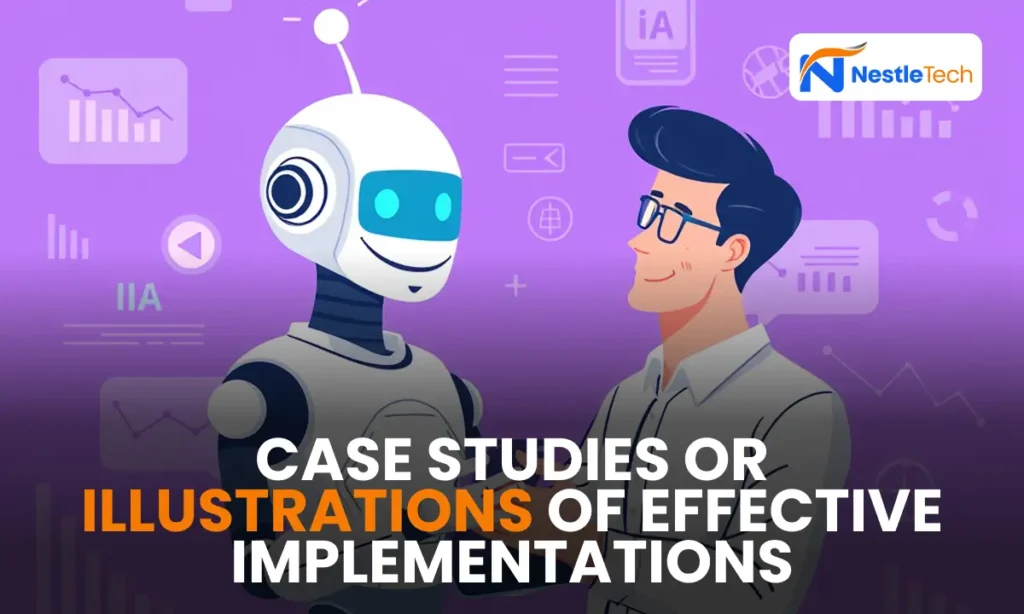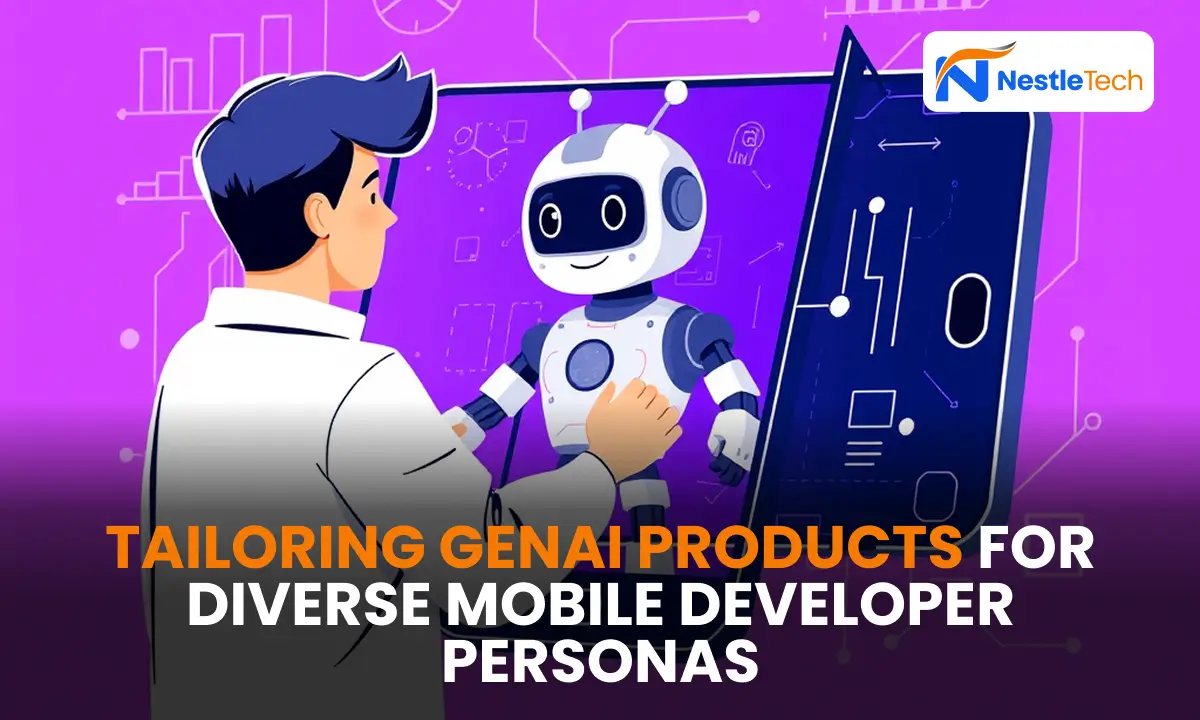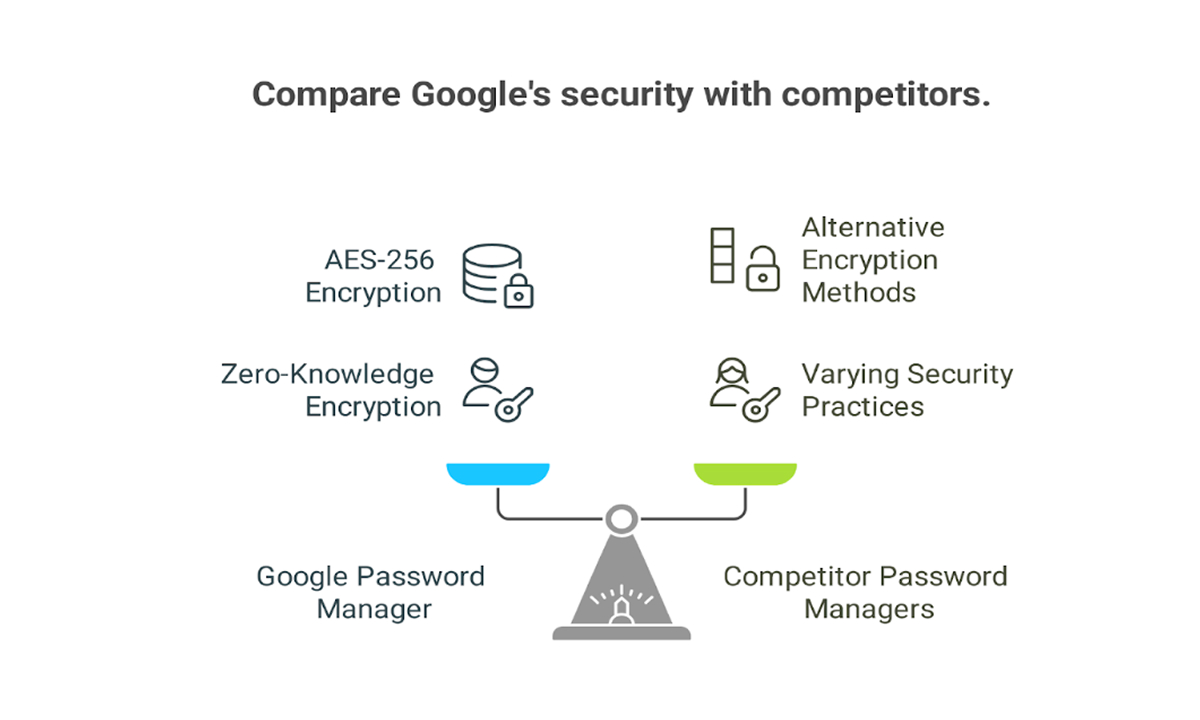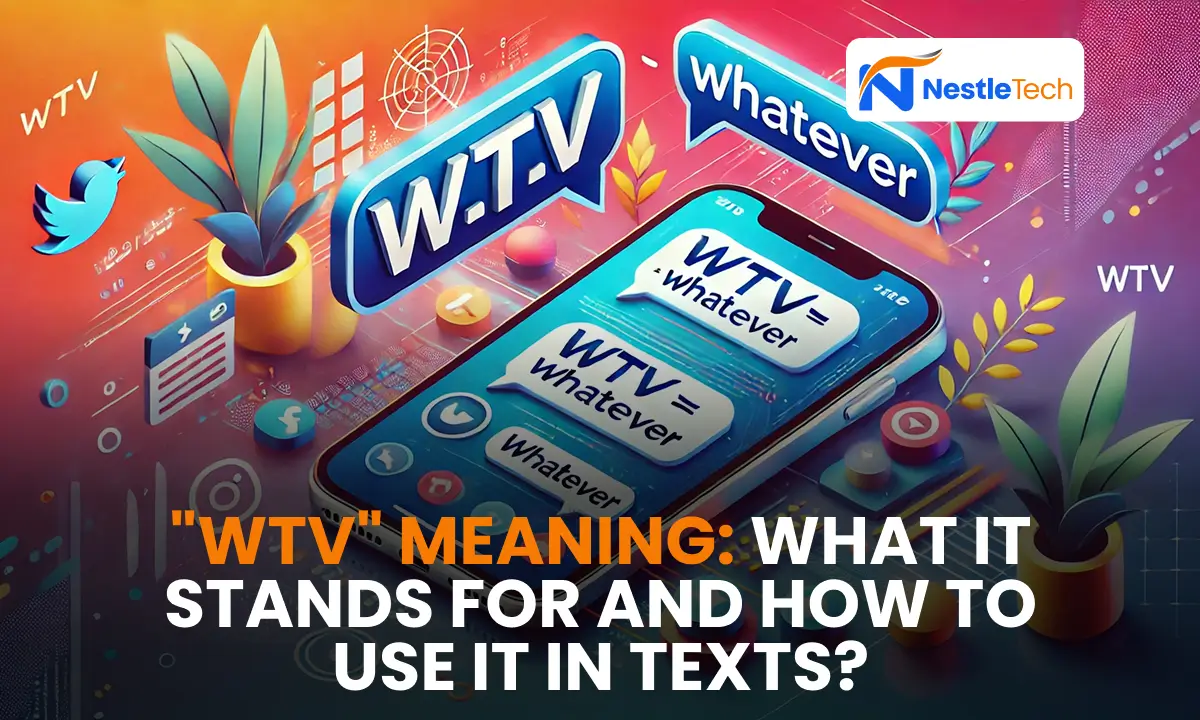Generative AI (GenAI) has emerged as a powerful tool, capable of transforming the way developers work by enhancing creativity, improving efficiency, and reducing repetitive tasks. But how do we ensure that GenAI products are effectively tailored to meet the diverse needs of mobile developers?
Unlock the power of GenAI products designed just for mobile developers! From beginners to experts, tailored tools make your development journey smoother. Boost productivity and simplify your workflow with personalized solutions. Discover the perfect GenAI tools to match your unique mobile developer needs!
Tailoring GenAI products for mobile developers helps meet their specific needs. Different developers, from beginners to experts, require different tools. Custom solutions make it easier for them to improve their work. This approach boosts efficiency and supports developers in creating better mobile apps.
Understanding Mobile Developer Personas
To design a successful GenAI product, it’s crucial to understand who your users are. Mobile developers can generally be grouped into these categories:
- Indie Developers: Passionate individuals or small teams working on projects with limited resources.
- Freelancers: Professionals juggling multiple clients with varying needs.
- Corporate Developers: Employees in large enterprises focused on scalability, security, and business requirements.
- Hobbyists: Casual developers creating apps for fun, learning, or community contributions.
Core Features of GenAI for Mobile Developers

A well-tailored GenAI solution should address both general and persona-specific needs. Let’s break this down:
Code Generation and Assistance
Developers often spend hours writing repetitive or boilerplate code. GenAI models, like GitHub Copilot, can significantly reduce this burden. Features such as auto-completion, error detection, and context-aware suggestions are game-changers for any developer.
Example:
Sarah, our indie developer, benefits immensely from AI-assisted code generation as it allows her to focus more on the app’s creative features rather than debugging syntax issues.
Content Creation for App Stores
Writing compelling app descriptions, FAQs, and marketing copy can be daunting. GenAI can generate optimized content for app stores, improving visibility and downloads.
For example: “AI-generated app descriptions” can help freelancers like Jason deliver polished marketing materials for clients faster.
Personalization
Different personas expect personalized recommendations. A GenAI product should offer customizable workflows, such as suggesting frameworks based on past preferences or providing libraries tailored to project types (e.g., gaming, e-commerce, or productivity).
Multi-Language Support
In today’s global market, localization is critical. GenAI tools that support multiple programming languages, as well as translations for content, can appeal to developers targeting international users.
Step-by-Step Guide to Tailor GenAI for Developers
Here’s how you can build and market GenAI products that align with developers’ expectations:
Step 1: Define Use Cases
Identify specific use cases for each persona:
- For indie developers: Focus on simplicity, cost-effective pricing, and templates for small projects.
- For freelancers: Offer features like client-ready documentation and multi-project management tools.
- For corporate developers: Highlight enterprise security, team collaboration tools, and scalability.
Step 2: Optimize Onboarding
Developers dislike steep learning curves. Offer intuitive tutorials, interactive documentation, and a sandbox environment where they can explore features without committing to a full implementation.
Pro Tip: Use user-friendly UI/UX design to reduce cognitive load.
Step 3: Provide Flexible Pricing
Indie and hobbyist developers might hesitate if your pricing is too high. Introduce tiered plans:
- Free or basic plans for small-scale use.
- Pro plans for freelancers with additional features.
- Enterprise packages tailored to corporate needs.
Step 4: Prioritize Seamless Integrations
Ensure your tool integrates with popular development environments, like Android Studio, Xcode, and project management tools like JIRA. Developers value tools that blend effortlessly into their existing workflows.
Step 5: Build a Support Ecosystem
Developers often seek help from communities. Foster engagement by:
- Creating a dedicated support forum.
- Offering API documentation with detailed examples.
- Providing real-time chat support or access to technical experts.
Case Studies or Illustrations of Effective Implementations

Case studies showcase real-world examples of how effective implementations can drive success. For instance, a company used GenAI to streamline its app development process, reducing time-to-market by 30%. This helped the team focus on creative features while GenAI handled repetitive tasks.
Another example is a mobile development firm that integrated GenAI tools to enhance its debugging process. The team saw a significant reduction in errors and improved app performance. These case studies highlight the potential of GenAI in transforming mobile development workflows.
How to Market Your GenAI Product?
Once you’ve built a tailored GenAI product, effective marketing is key. Here are a few tips:
Use Storytelling
Share success stories from diverse developer personas. For instance, show how a small indie team launched a top-rated app in record time using your GenAI product.
Emphasize Time Savings
Developers are always looking for ways to save time. Highlight how your product automates mundane tasks, enabling them to focus on innovation.
Offer a Free Trial
A free trial or demo can give developers a hands-on experience with your tool, making them more likely to convert.
Why Developers Should Trust Your GenAI Product?

Developers are naturally skeptical of new tools, especially ones that promise automation. Here’s how to build trust:
- Transparency: Clearly explain how your GenAI works.
- Security: Assure developers their code and data are secure.
- User Testimonials: Share real reviews and case studies.
For example, a testimonial like:
“Using this GenAI tool, I cut my app development time by 30%. The code suggestions were spot-on, and the multi-language support saved me hours of localization work!”
can resonate strongly with prospective users.
Conclusion
Tailoring GenAI products for diverse mobile developer personas isn’t just about adding flashy features. It’s about understanding developers’ unique workflows and providing solutions that truly solve their pain points. From streamlining code writing to automating content creation, GenAI tools have the potential to revolutionize mobile development.
Just like graphic designers use tools to create visuals that connect with different audiences, GenAI products should be crafted to meet the unique needs of various mobile developers.




